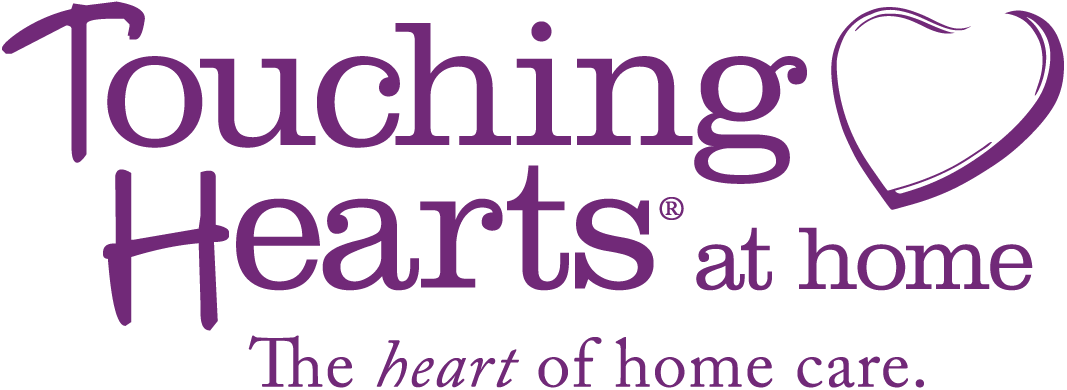Your ability to attract and retain top nursing professionals directly shapes patients' quality of care. While the […]
This post is part of a 3-part series on caregiver burnout. Read part 1 here and part 2 here.
Content warning: This blog post discusses suicide statistics and suicide prevention. If you or someone you know is in crisis, call or text 988 for the 988 Suicide and Crisis Lifeline, available 24/7.
Every 40 seconds, someone dies from suicide, according to the World Health Organization.
Suicide rates are the highest in high-income countries. In the US, one person dies by suicide every 11 minutes, according to the CDC.
Work stress, long hours and job strain are leading factors in risk for suicidal ideation or suicidal thoughts among Americans.
The link between suicide and healthcare work
According to the Substance Abuse and Mental Health Services Administration, caregivers have a higher risk of facing suicidal thoughts than the general population. Since 2019, work-related suicides among healthcare workers specifically have been on the rise.
According to the CDC, healthcare work challenges include:
- Long work hours
- Rotating and irregular shifts
- Intense physical and emotional labor
- Exposure to human suffering and death
- Increased risk of exposure to disease and violence
The COVID-19 pandemic intensified these risks. Per a 2020 CDC survey, 93% of health workers reported being stressed out and stretched too thin and 82% shared that they were emotionally and physically exhausted.
The Dr. Lorna Breen Health Care Provider Protection Act
Even before the pandemic, suicide was discussed as an “occupational hazard” of healthcare work. Caregivers often cope silently with the emotional toll of losing patients. The pandemic exacerbated stress levels and burnout, with healthcare providers worried about their own health and safety and sometimes also mourning the loss of colleagues, according to the Dr. Lora Breen Hero’s Foundation.
Named for Dr. Lorna Breen, a well-known New York physician who died by suicide during the COVID pandemic, the Dr. Lorna Breen Health Care Provider Protection Act seeks to reduce and prevent suicide, burnout, and mental and behavioral health conditions among healthcare professionals. The Act provides grants for education and training to prevent burnout, identifies and disseminates evidence-informed best practices for reducing and preventing suicide and burnout, and establishes further studies on the prevention of burnout and suicide among health care professionals.
Suicide risk factors in home care
The average in-home caregiver is overworked and underpaid.
According to a 2019 report by PHI, 2.3 million home care workers earn a median hourly wage of $11.52 and about $16,200 annually. One in six home care workers lives below the federal poverty line and more than half rely on some form of public assistance. Many homecare workers are employed by more than one agency.
Caregiving in the at-home setting is particularly physically and emotionally difficult.
“Emotional labor required of home care workers takes numerous forms,” according to one former home care worker.
Though caregivers work closely with clients, the one-on-one work can be isolating. Working with clients requires patience and emotional sensitivity. When clients become irritated or stressed as they cope with chronic health conditions, caregivers are often required to problem-solve and de-escalate emotionally charged situations.
Over time, caregiving and life-related stress accumulates, affecting caregiver health and their interactions with clients, according to a 2019 study published by the Journal of Health Care for the Poor and Underserved.
This accumulation can lead to burnout and depression. As problems continue to feel unsolvable and emotions feel overwhelming and inescapable, caregivers may start to experience suicidal thoughts.
For caregivers experiencing these symptoms, it is crucial to underscore that they are not alone and that there is hope. Others have experienced and survived painful emotions by learning coping skills.
Know the warning signs of suicide
According to the CDC, for every death by suicide, there are four hospitalizations for suicide attempts, eight emergency department visits related to suicide, 27 self-reported suicide attempts, and 275 people who seriously considered suicide. That’s a lot of space for prevention and intervention.
Red flags that someone is experiencing burnout and depression that has escalated to ideation about self-harm or suicide include:
- Feelings or statements of hopelessness
- Inability to sleep or sleeping too much
- Withdrawal from friends and family
- Anxiety and agitation
- Dramatic mood changes
- Waves of rage and anger
- Feelings or statements that reflect not having a reason to live or a sense of purpose
These cues should be taken seriously. If you are concerned that an individual is considering suicide, it is vital to ask them directly if they are thinking about suicide and help them access resources such as the ones below.
Suicide prevention resources
If you are experiencing burnout and suicidal thoughts, or if you are concerned about a friend, loved one, or employee, the following resources are available:
988 Lifeline
https://988lifeline.org/
The 988 Lifeline provides 24/7, free and confidential support for people in distress, prevention and crisis resources for you or your loved ones, as well as best practices for professionals in the United States.
American Foundation for Suicide Prevention
Whether you have struggled with suicide yourself or have lost a loved one, know you are not alone. On the AFSP website, you can read about the personal experiences of people whose lives have been impacted by suicide.
Know the Signs
https://www.suicideispreventable.org
If you have a hunch that an employee, a colleague, or a friend might be depressed or having suicidal thoughts, Know the Signs can help. This resource describes symptoms of depression, red flags for suicide risk, and guidance about how to start a dialogue that could save someone’s life.
How employers can prevent suicide
According to the Suicide Prevention Resource Center, employers can take action to prevent suicide by creating a supportive and open work environment that fosters communication, a sense of belonging, and respect. They should identify and assist employees who may be at risk for suicide and be prepared to respond to a suicide death.
To achieve this, employers can implement mental health awareness programs, offer employee assistance programs (EAPs), and train managers and supervisors to identify warning signs and support employees in crisis.
By prioritizing the mental health and well-being of their workforce, employers can not only help prevent suicide but also enhance workforce productivity and create a culture of health and safety that benefits everyone.






